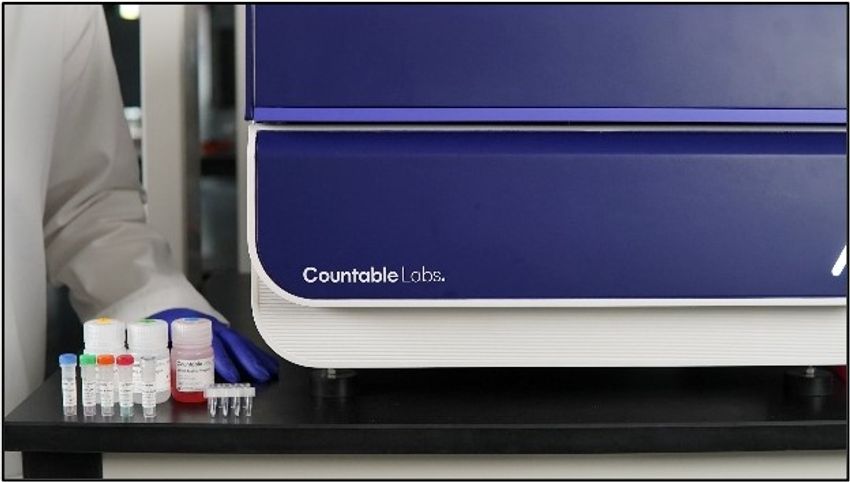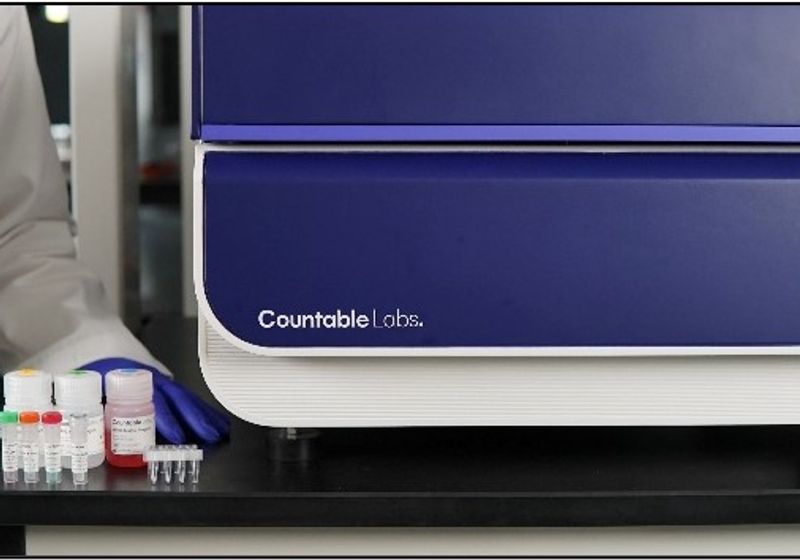Like counting sheep at bedtime, Countable PCR empowers scientists to accurately count nucleic acid molecules one by one.
DNA and RNA are central to laboratory and clinical research, where quantifying their abundance is key to applications such as gene expression analysis, cell and gene therapy development, and circulating tumor DNA detection. To obtain these measurements, researchers and clinicians use several methods, including quantitative PCR, digital PCR, and next-generation sequencing. However, these approaches provide only estimated values based on ambiguous amplification curves, complicated statistical approximations, or complex computational reconstructions. This uncertainty reduces scientists’ confidence in the resulting measurements.
To improve nucleic acid quantitation, Countable Labs launched Countable PCR in May 2025, a user-friendly approach that directly counts the target molecules within a single PCR tube. This non-microfluidic technology physically isolates single molecules in over 30 million compartments of a 3D gel matrix. After the molecules’ independent amplification, the benchtop instrument uses 3D light-sheet imaging to capture the fluorescent signals from the amplified sequences and automatically counts the molecules without curve fitting, statistical estimation, or computational reconstruction. “People want numbers, accuracy, and precision,” said Eleen Shum, founding scientist and vice president of product at Countable Labs. “Now [with Countable PCR], you actually get the true number as opposed to an estimation.”

By partitioning samples into millions of compartments within a single PCR tube, Countable PCR achieves direct DNA and RNA measurements, not approximations.
Countable Labs
“[Countable PCR] provides very quick and highly consistent data for us to use,” said Robert Lou, the founder and chief technology officer of Carrigent, a company that offers viral vector production services to the cell and gene therapy industry. Accurate and reproducible nucleic acid quantitation is essential throughout the development of cell and gene therapy products to ensure quality. “Using [Countable PCR], we can do titer assays, quality control, and all the related work, not only for viral vector [production but] also gene editing in cell culture.”
Because of Countable PCR’s broad dynamic range, the platform can detect both high- and low-abundance molecules simultaneously. This allows scientists to leverage this powerful method for critical applications that demand high sensitivity. “People want to detect disease earlier and earlier,” said Shum. “[With Countable PCR], you can detect very rare events, like minimal residual disease, earlier than any other platform.”
Check out all of The Scientist‘s Top Innovation winners of 2025.

